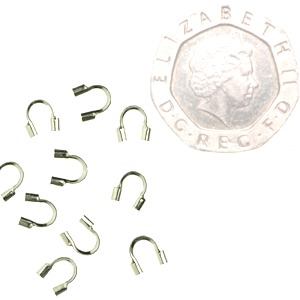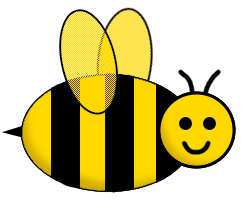Jewellery Making Glossary
Bead board
A bead board allows you to lay out your beads before stringing them. It can be a very useful design aid.
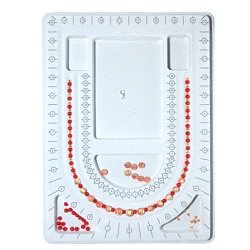
Beading wire (Bead Stringing Wire)
Wire for stringing beads to make necklaces and bracelets. Although it is called wire it is not the same as metal wire and is usually coated and more flexible.
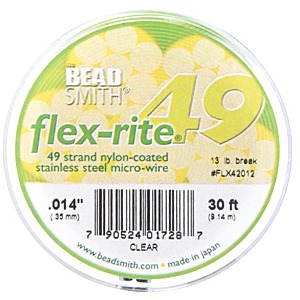
Chain nose pliers
Chain nose pliers have a flat edge which makes them useful for gripping wire. They are sometimes called needle nose pliers. There is more information about them on our 'An Introduction to Jewellery Making Tools' page
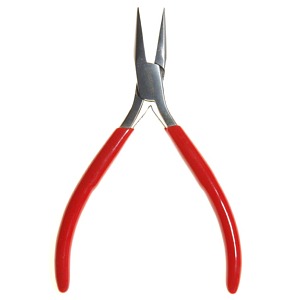
Clasps
Clasps are used for fastening necklaces and bracelets.
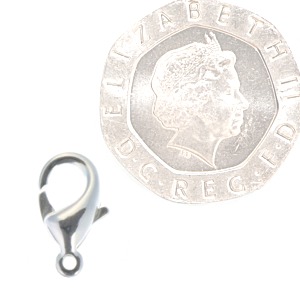
Crimp beads
Crimp beads and tubes are tiny metal beads that can be flattened with pliers to clamp two pieces of beading wire together securely.
For more information see our tutorial on how to use a crimp bead.
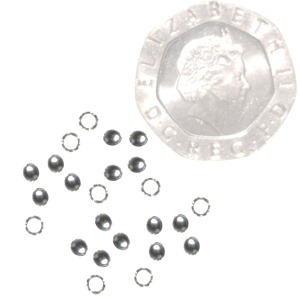
Crimping pliers
Crimping
pliers are used with crimp
beads to secure a clasp on the end of beading
wire. For more information see our tutorial on how to use a crimp bead
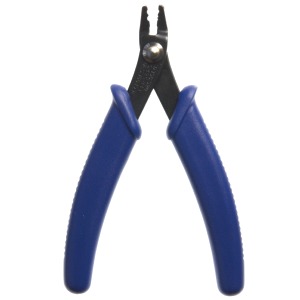
Fish hook earring fittings
This refers to a particular type of earring fitting made out of wire. It loops through the ear and down behind the ear.
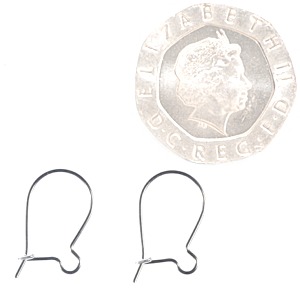
Fire Polished Beads
Fire polished beads are sparkling beads made by faceting pressed glass round beads. They are polished by subjecting them to high temperatures.
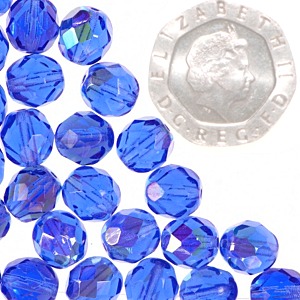
Flat nose pliers
Flat nose pliers have wider gripping edge than chain nose pliers which gives them more grip. There is more information about them on our 'An Introduction to Jewellery Making Tools' page
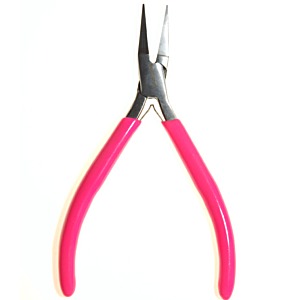
Head pin
A head pin is a wire with a nail-like head on one end. The head stops the beads from falling off the end. You can then turn a loop at the other end of the headpin and attach it to charm bracelets or earrings.
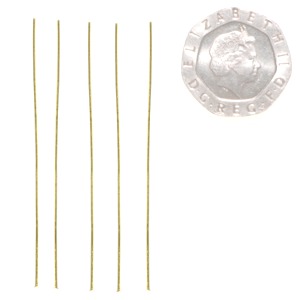
Jump ring
Jump rings are small circles of wire used to connect jewellery components together. When opening them they should be twisted open rather than pulled apart. See 'How to open a jump ring.'
This allows them to keep their shape when they are closed.
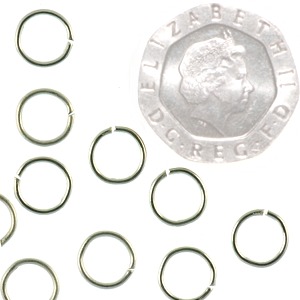
Round nose pliers
Round nose pliers are used for making loops and spirals with wire. They are not as good as chain nose pliers for gripping.
There is more information about them on our 'An Introduction to Jewellery Making Tools' page
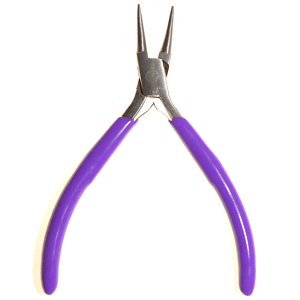
Jewellery wire
Jewellery wire is invaluable for making ear wires, links, jump rings etc. It comes in several thicknesses and degrees of hardness.
There is more information about jewellery wire in our All about Jewellery Wire page
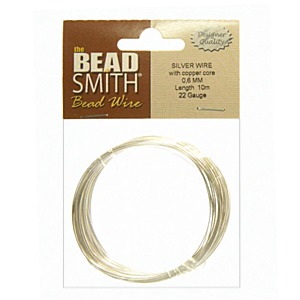
Sieve Ring
A sieve ring, or ring blank, allows you to attach beads to the sieve part of the ring to make a ring to your own unique design. This is shown in our
Hydrangea Flower Ring Jewellery Project
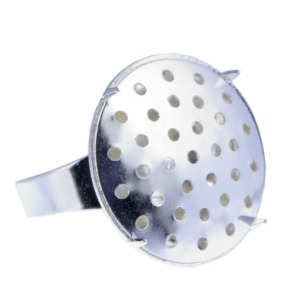
Wire guardians
Wire Guardians, or Wire Protectors, guard your stringing material from the everyday wear and tear
caused by toggles clasps or other findings. See our tutorial on 'How to use a Wire Guardian'
